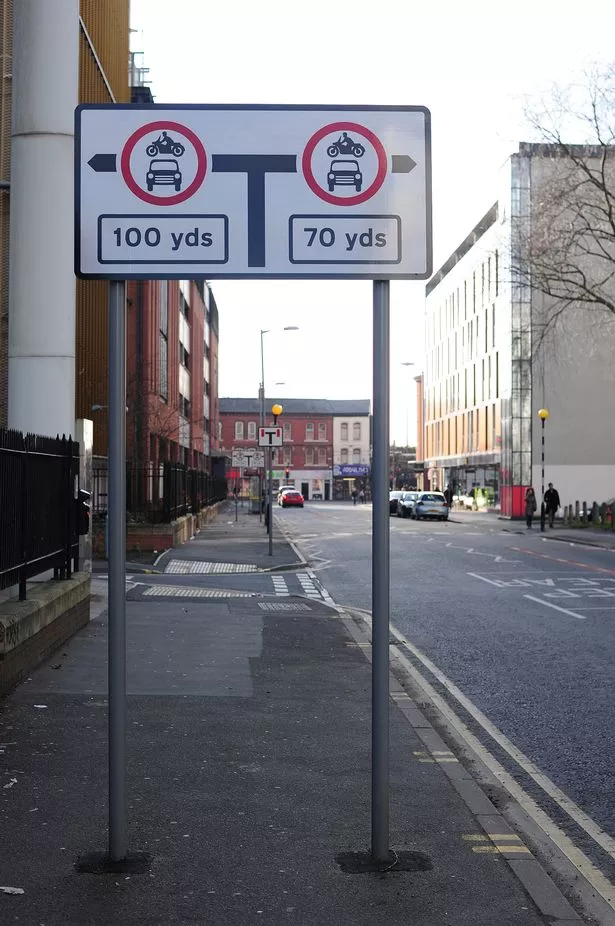You can't go with the flow if it isn't flowing though and that is the problem. Reducing speed limits when traffic is heavy, just makes matters worse. With a 70mph speed limit, ignoring those that speed, the lanes will be travelling at different speeds meaning changing lanes is a lot easier.
When a reduced speed limit is enforced, you suddenly have multiple lanes all travelling at the lower speed limit. More cars in the same space and a very high chance of a car being beside you travelling at the same speed. If you wish to change lane, you can't speed up because you may set off a camera so you are forced to slow down or brake to fall in behind the car beside you, as a result the car behind you will have to slow and brake, the car behind them does the same and so on and so on, causing congestion and tail backs. Very rarely can you drive through a reduced speed limit zone at the allowed limit. The braking and slowing has a knock on effect as it gets further back down the line until it gets to the point that cars are actually having to stop.
Keep the speed limit at 70 and the cars can keep moving because no one is needing to slow down.


